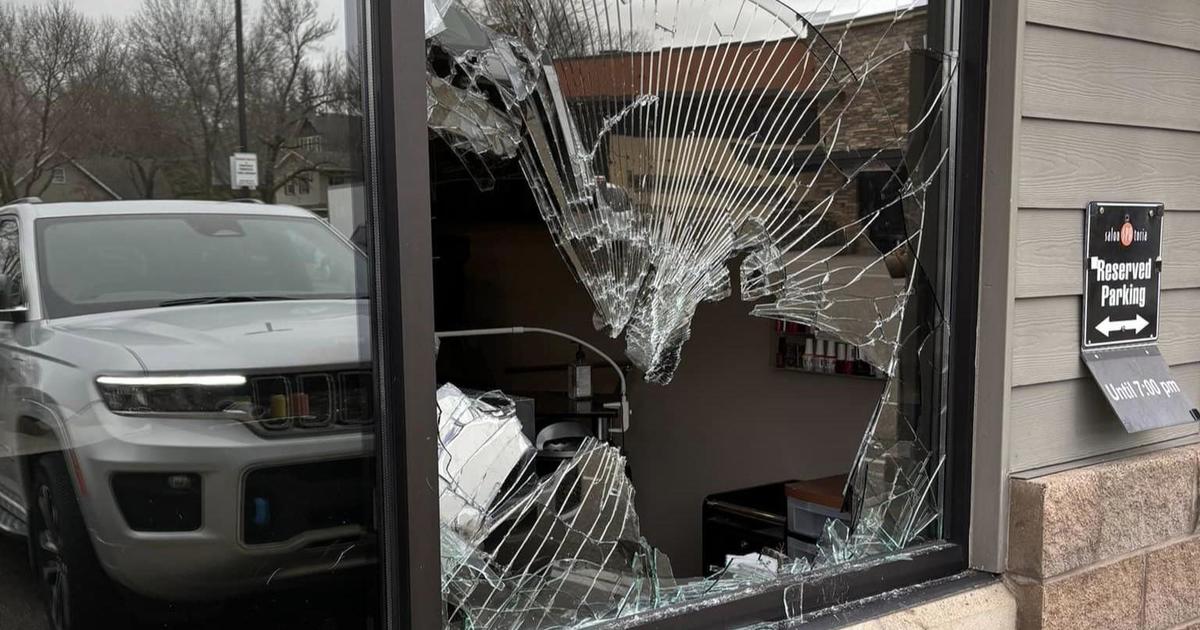Good Question: Why Do We Trick-Or-Treat?
MINNEAPOLIS (WCCO) – It's the night the pumpkins are lit and the kids are dressed in costumes yelling "trick-or-treat!" But what do pumpkins have to do with Halloween? And why do kids trick-or-treat?
History of trick-or-treating
Most Halloween traditions don't follow a straight line from ancient times to today. Rather, they appear, disappear and reappear in a new form. Trick-or-treating is an example of that.
It didn't become common across the United States until the late 1940s. It has a connection to All Saints Day, which, in ancient times, poor children would beg for food and money during public celebrations of that day.
According to The History Channel, new immigrants from Ireland in the mid-1800s helped spread Halloween. Some of those new immigrants would go door-to-door in costumes asking for food or money, which became the tradition of trick-or-treating.
Why do we carve pumpkins on Halloween?
Carved pumpkins have long been a symbol of the end of the Harvest in the U.S., but again, Irish immigrants changed that.
Ireland is where the carved produce lantern started. The jack-o-lantern dates to an old Irish story about Stingy Jack. According to folklore, Jack made a deal with the Devil so the Devil wouldn't take his soul. When Jack died, he couldn't get into heaven. And the Devil wouldn't let him into hell. So when Jack asked how he was supposed to see where he was going, the Devil threw a burned ember at him that would burn eternally. Jack, a rather inventive man, put that ember in a hollowed-out turnip and used that as his lantern.
"The pumpkin is kind of an expression of those spirits," said Greg Froehle, a Minneapolis man who's been carving intricate pumpkins for more than 20 years.
"I don't try to make them scary or traditional. I try to make them magical," Froehle said.
Was poisoned candy or razor blades in candy a real problem?
No.
Despite the widespread fear of Halloween poisonings, a criminology professor from the University of Delaware could never find hard evidence of this happening.
According to The Incidental Economist, Dr. Joel Best analyzed "major newspapers between 1958 and 1993 for stories about Halloween candy tampering. Best found nearly 100 stories that he followed up with phone calls to police and hospitals. Of those stories, Best found absolutely none that could be positively attributed to random Halloween violence. The majority were the result of pranks. The reported incidents usually involved the discovery of contaminated treats, but with no actual injury to the children. When these cases were followed up, even the contamination usually turned out to be a hoax – often one initiated by the children themselves."



